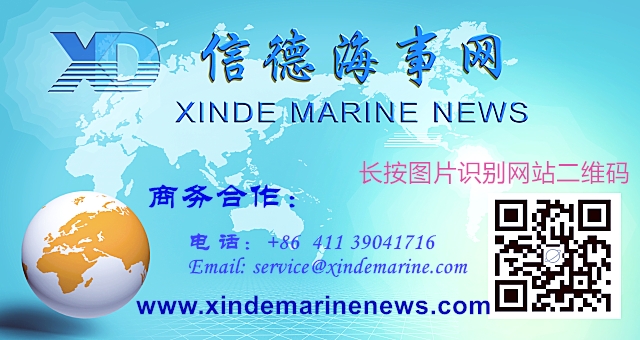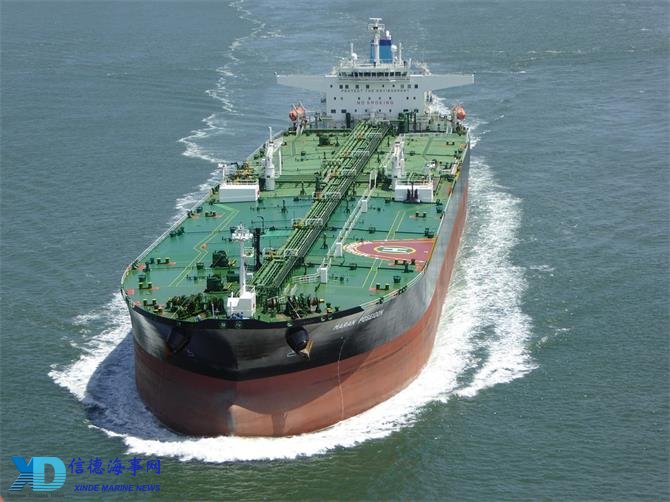BIMCO: 45 More VLCCs Needed to Back China’s Crude Oil Demand Growth
Chinese crude oil demand needs 45 additional very large crude carriers (VLCCs) to support growth in imports of seaborne crude oil, according to BIMCO’s estimates.
China has ramped up its import of seaborne crude oil by 13% for the first nine months of 2017 compared to the same period last year. As China is importing crude oil from further afield in 2017 than in 2016, the tonne miles generated has surged 18%.
This increase in volume amounts to an additional demand of 33 million tonnes of crude oil, equivalent to more than 0.9 million barrels per day on average during the first three quarters of 2017. Thereby, China’s increasing demand is directly affecting the crude oil tanker shipping industry by requiring 45 more VLCC’s to support the growth in demand for crude oil so far for 2017, BIMCO said.
“China’s longer sailing distances for crude oil imports are more than welcomed by the tanker shipping industry, but the market is already awash with tonnage and therefore supply still outstrips demand,”BIMCO’s Chief Shipping Analyst Peter Sandcomments.
“As we move into the November – January period, better rates will come around, as this is historically the peak season for oil tankers. BIMCO doesn’t however, expect the same rates as last peak season, as the fundamentals have weakened.”
The countries exporting larger amounts in 2017 than 2016 and 2015 are most notably Angola, Brazil, Venezuela, United Kingdom, Republic of Congo and United States (US).
After being second in 2016 and 2015, Angola has surpassed Saudi Arabia in 2017 in terms of volume. This will most likely also be the case by the end of 2017 as Saudi Arabia historically exports the largest amount of crude oil to China in the first half of the year. In terms of tonne miles, Angola has been the country generating the largest amount for the past three years and has further established itself as the most dominant partner in 2017.
“As US crude oil to China is exported over long distances from the East and Gulf Coast, it is more significant for the crude oil tanker shipping industry than e.g. Russia, due to the high tonne miles generated. In raw volumes, Russia has exported almost five times more crude oil via the sea than the US during the first nine months of 2017 but generated 60% fewer tonne miles than the US,”BIMCO said.
The increase in Russian exports to China is coming more from shipping than pipelines. In 2015, Russia exported 40% of all its crude oil to China via the sea. This has increased to 51% so far for 2017, though the benefit for the crude oil tanker shipping industry remains limited due to the short sailing distances.
According to BIMCO calculations, average distance per tonne of crude oil imported by China was around 7,200 nautical miles in 2015, 7,100 nautical miles in 2016 and 7,500 nautical miles in 2017. The increase of 400 nautical miles per tonne is of great benefit for the crude oil shipping industry as tonnage is tied up for a longer period.
China’s export of refined oil products has surged by 8% in the first three quarters of 2017 compared to the same period in 2016. This may indicate, together with ongoing refinery expansion, that China is not only importing crude oil for domestic consumption, BIMCO said.
Countries importing Chinese refined oil products are based close by geographically, mostly within East Asia with the top importers being Singapore, Hong Kong, Philippines and Malaysia. Due to the short sailing distances, the Chinese export of refined oil products does not generate high tonne miles, however, some of the oil products may be traded on to other destinations, the organization added.
sources:worldmaritimenews
投稿或联系信德海事:
admin@xindemarine.com


